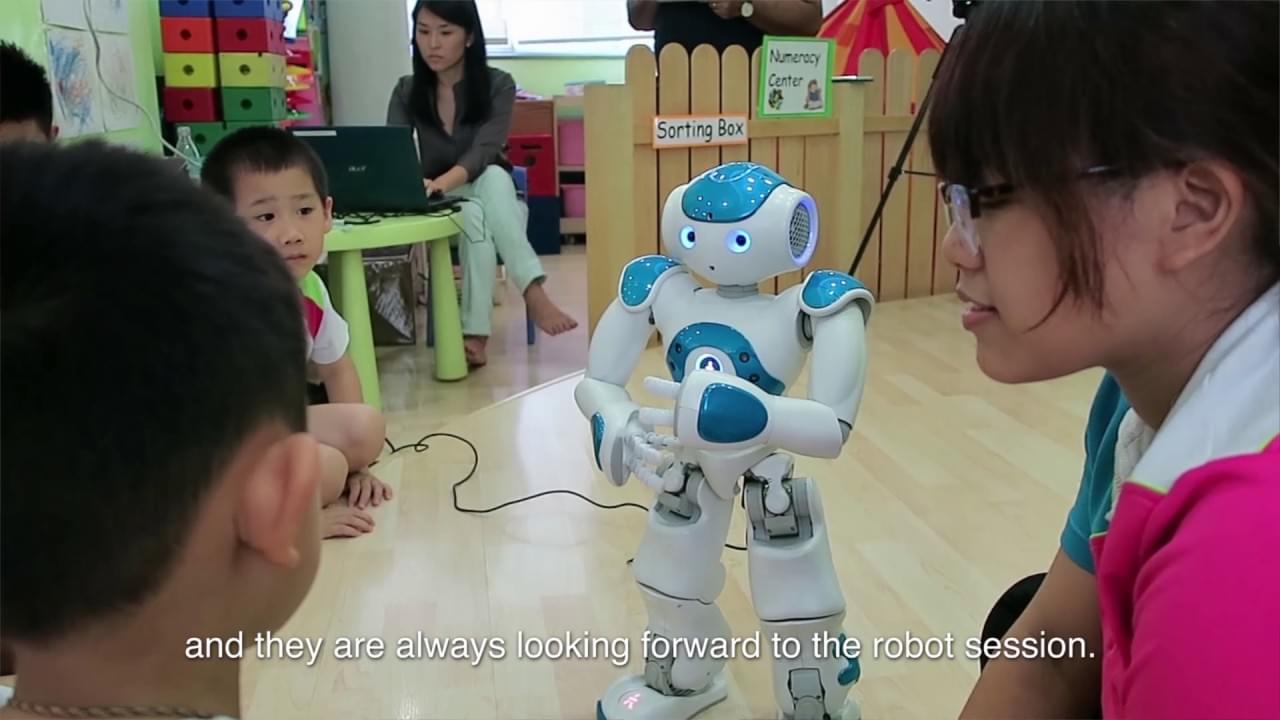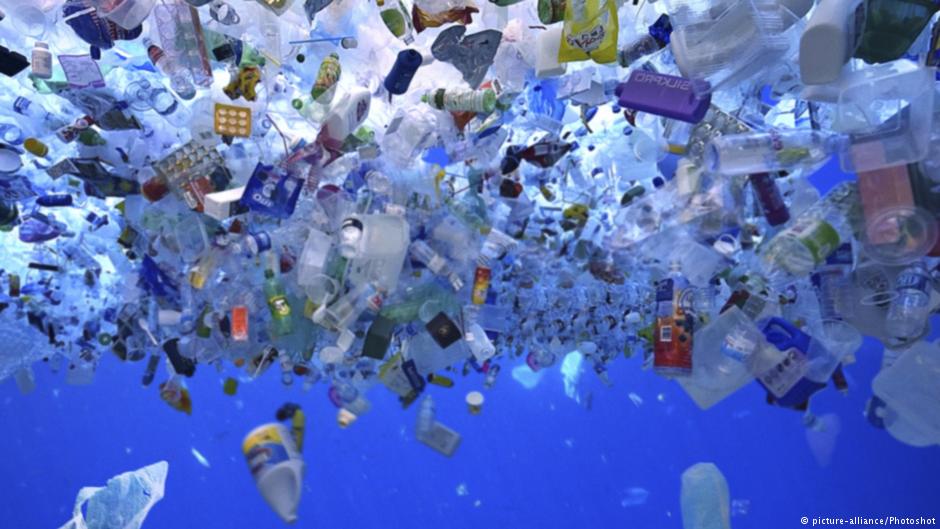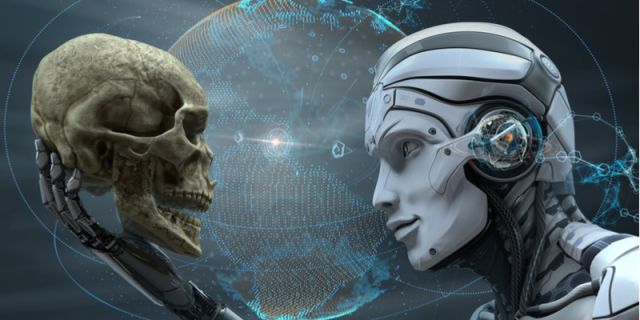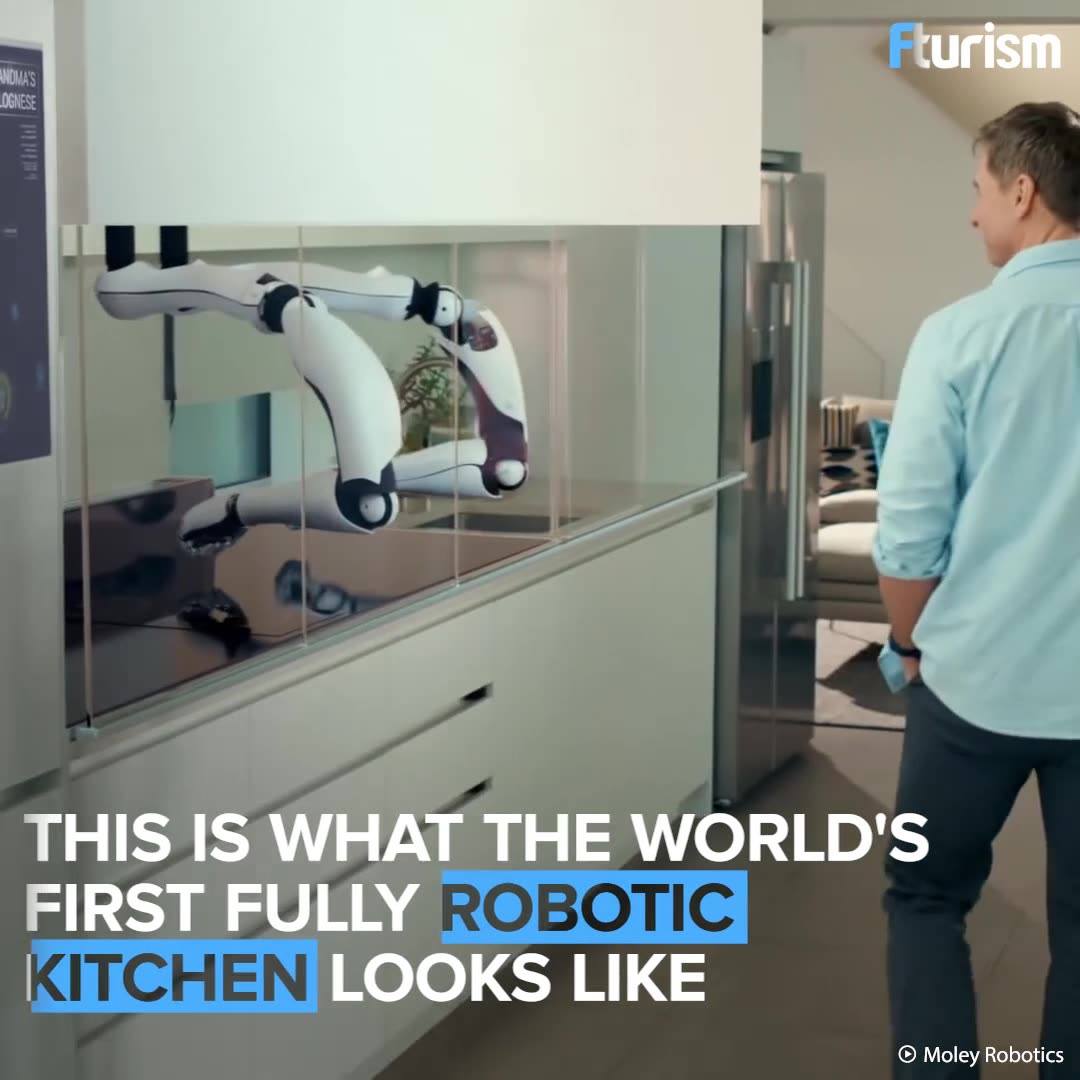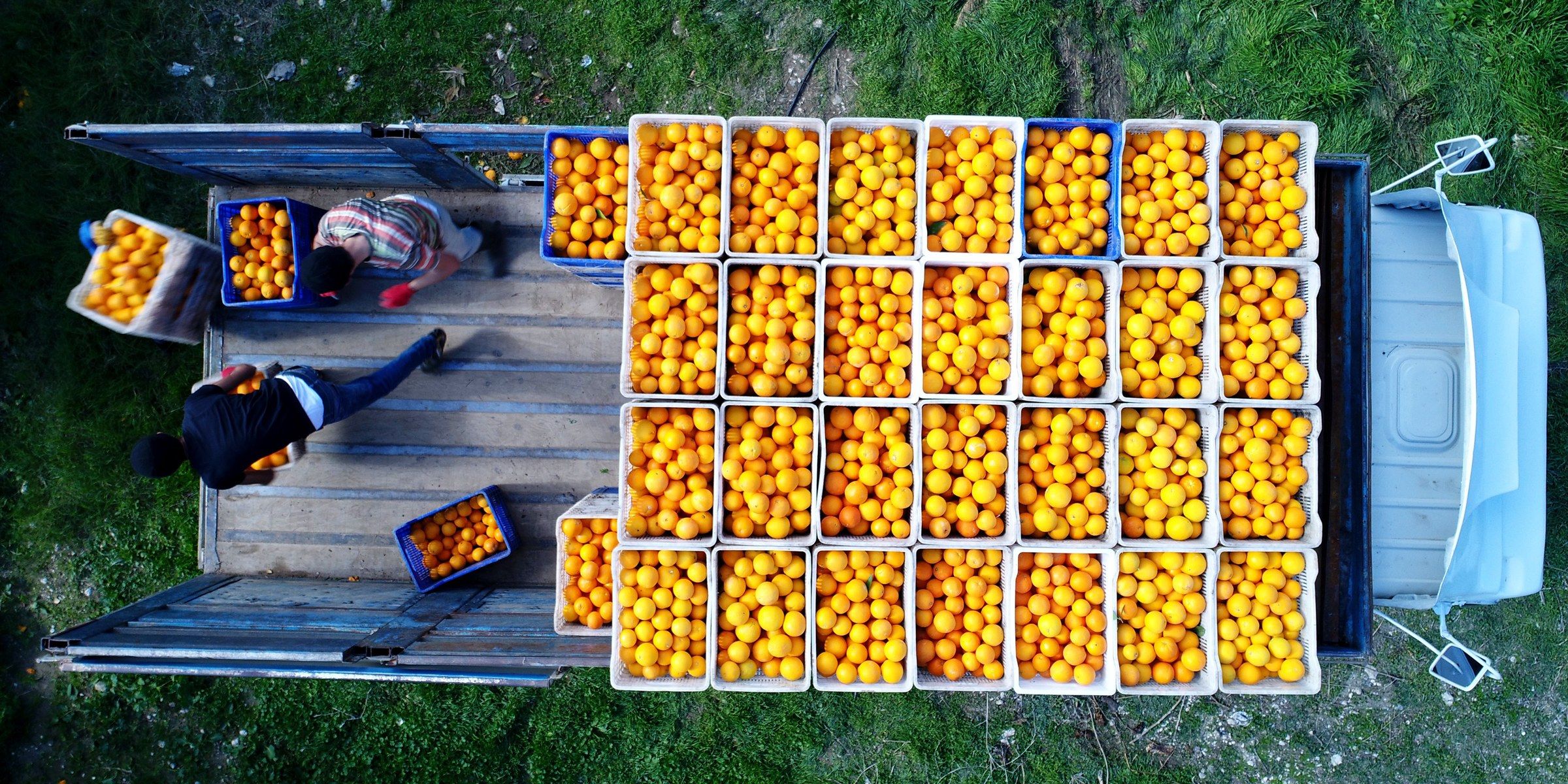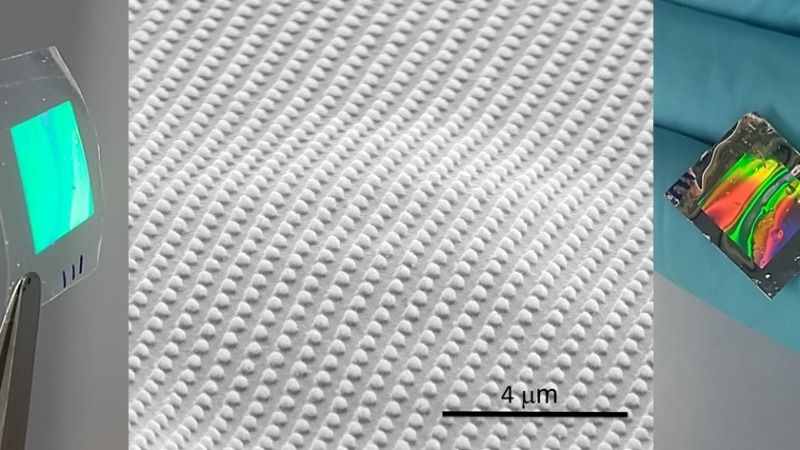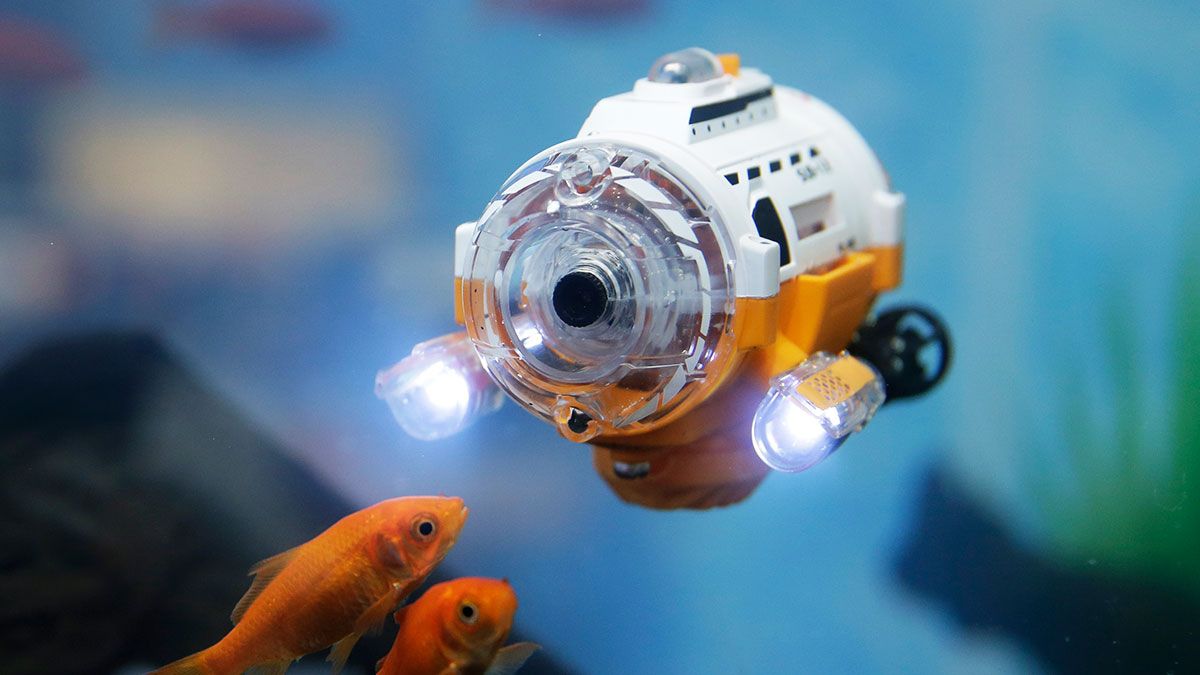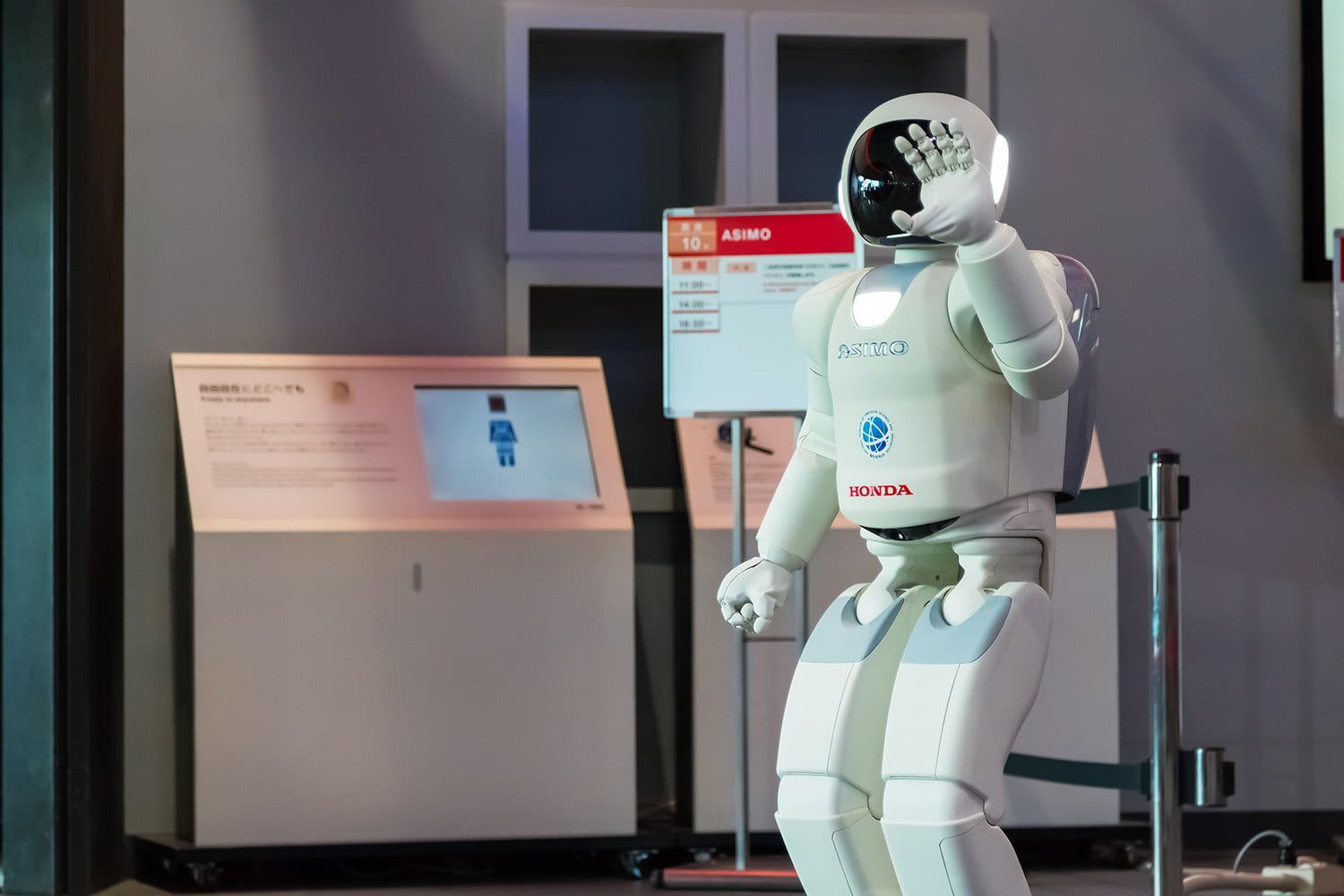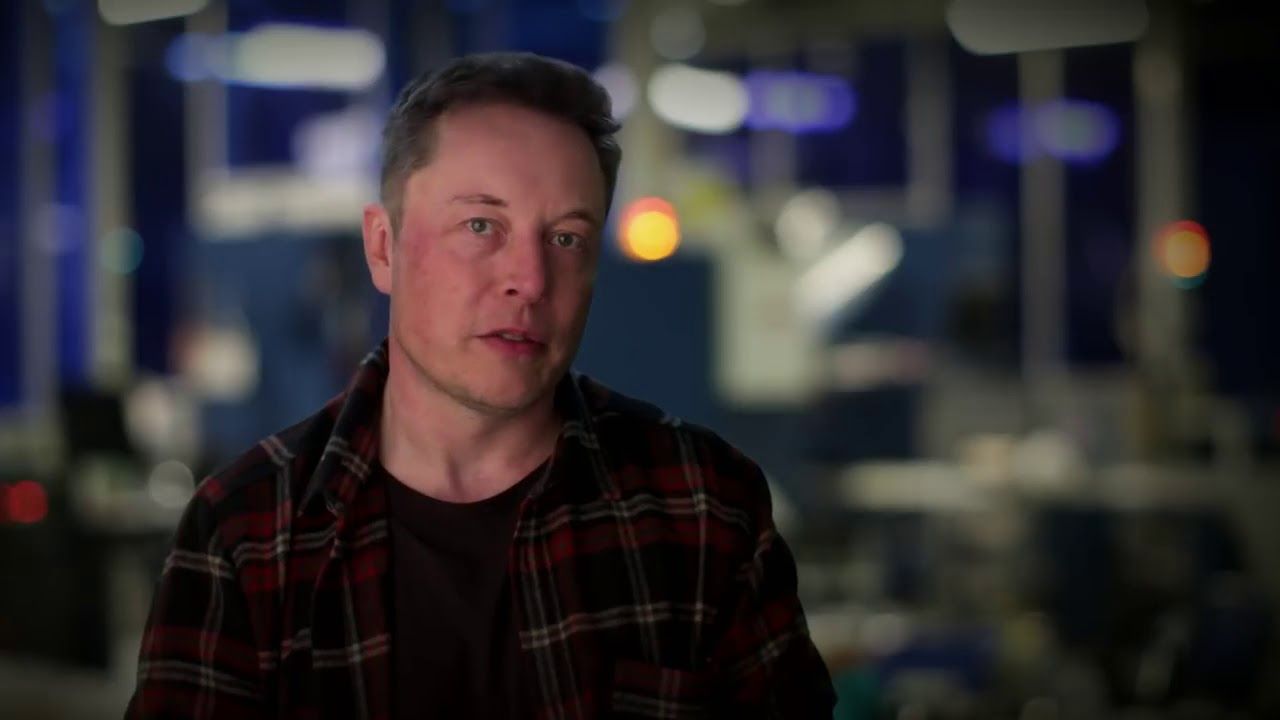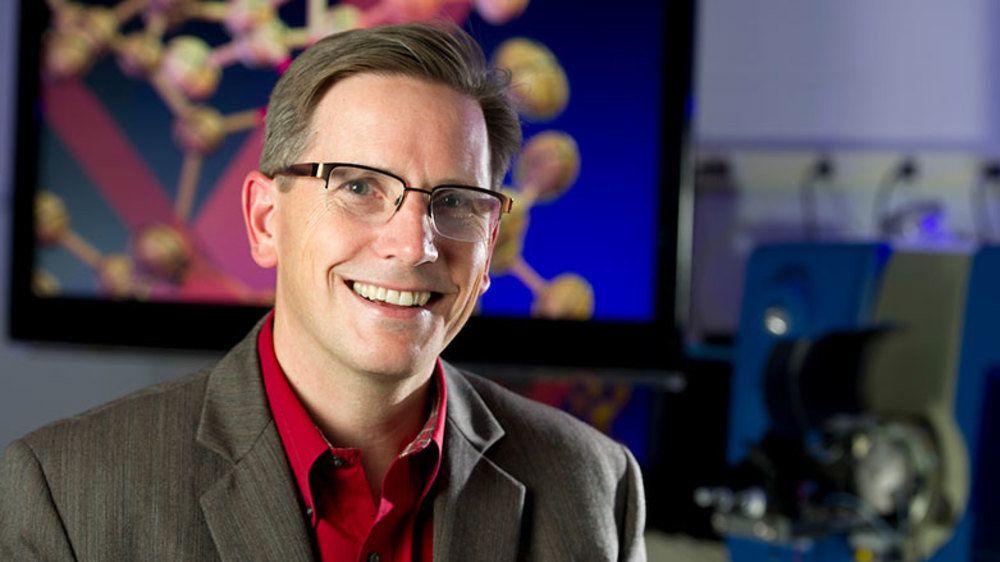Many large cities (Seoul, Tokyo, Shenzhen, Singapore, Dubai, London, San Francisco) serve as test beds for autonomous vehicle trials in a competitive race to develop “self-driving” cars. Automated ports and warehouses are also increasingly automated and robotized. Testing of delivery robots and drones is gathering pace beyond the warehouse gates. Automated control systems are monitoring, regulating and optimizing traffic flows. Automated vertical farms are innovating production of food in “non-agricultural” urban areas around the world. New mobile health technologies carry promise of healthcare “beyond the hospital.” Social robots in many guises – from police officers to restaurant waiters – are appearing in urban public and commercial spaces.
Tokyo, Singapore and Dubai are becoming prototype ‘robot cities,’ as governments start to see automation as the key to urban living.
